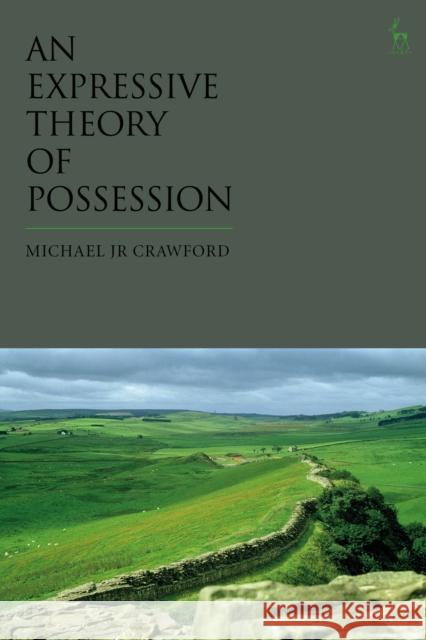An Expressive Theory of Possession » książka
topmenu
An Expressive Theory of Possession
ISBN-13: 9781509929924 / Angielski / Twarda / 2020 / 232 str.
An Expressive Theory of Possession
ISBN-13: 9781509929924 / Angielski / Twarda / 2020 / 232 str.
cena 444,29 zł
(netto: 423,13 VAT: 5%)
Najniższa cena z 30 dni: 428,18 zł
(netto: 423,13 VAT: 5%)
Najniższa cena z 30 dni: 428,18 zł
Termin realizacji zamówienia:
ok. 22 dni roboczych.
ok. 22 dni roboczych.
Darmowa dostawa!
Kategorie:
Wydawca:
Hart Publishing
Język:
Angielski
ISBN-13:
9781509929924
Rok wydania:
2020
Ilość stron:
232
Waga:
0.50 kg
Wymiary:
23.39 x 15.6 x 1.42
Oprawa:
Twarda
Wolumenów:
01
Dodatkowe informacje:
Bibliografia
Obwoluta
Obwoluta











